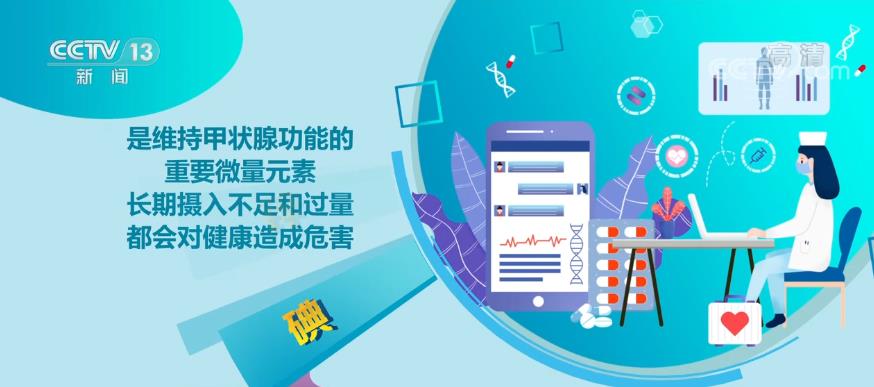CCTV News:The National Health and Wellness Commission recently issued a notice, stressing that non-diagnostic treatment needs not to carry out trace element testing for children, and trace element testing should not be used as a physical examination item for children.

Trace elements refer to minerals with a content less than 0.01% of body weight. Although the amount is small, it affects human health. For example, zinc deficiency may cause children’s growth retardation and decreased immune function; Iodine is an important trace element to maintain thyroid function. Long-term insufficient and excessive intake will do harm to health. Some parents are worried that children’s lack of trace elements will affect their growth and development, and some medical institutions have also included this test in the routine items of children’s physical examination.

However, experts believe that according to the current living standard, as long as complementary food is reasonably added to the baby, there is generally no shortage of trace elements. Even for older children, normal diet can meet the demand for trace elements. In addition, the application of trace element detection is very narrow, and it is usually used for the auxiliary diagnosis of heavy metal poisoning such as excessive blood lead in children, as well as severe malnutrition and other diseases. However, in recent years, this technology has been abused. In order to promote drugs and health products, some pharmacies and maternal and child stores provide free trace element testing for customers, using "finger-pinching" or taking hair as a specimen for testing.
Experts say that these detection methods are unreliable, and the relatively accurate method is blood test, but trace elements still exist in tissue fluid in large quantities, and the concentration in blood sometimes doesn’t explain anything. For example, the calcium content in blood is not only very small, but also easily influenced by diet and metabolism, which is of little reference significance for monitoring children’s growth and development.
关于作者